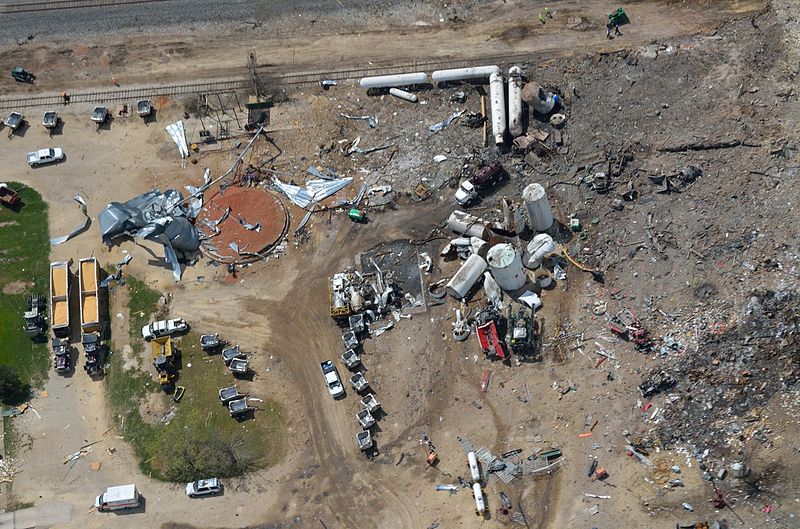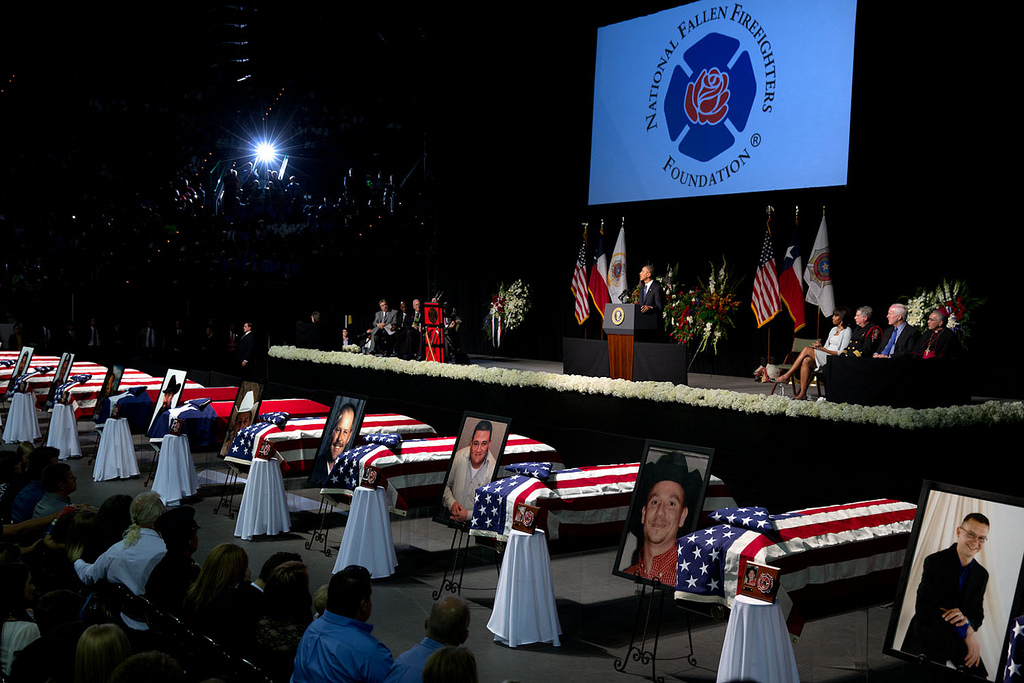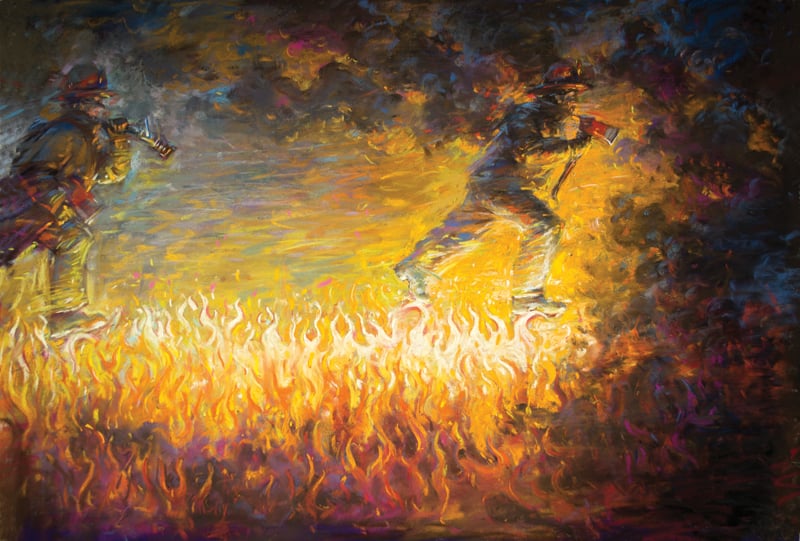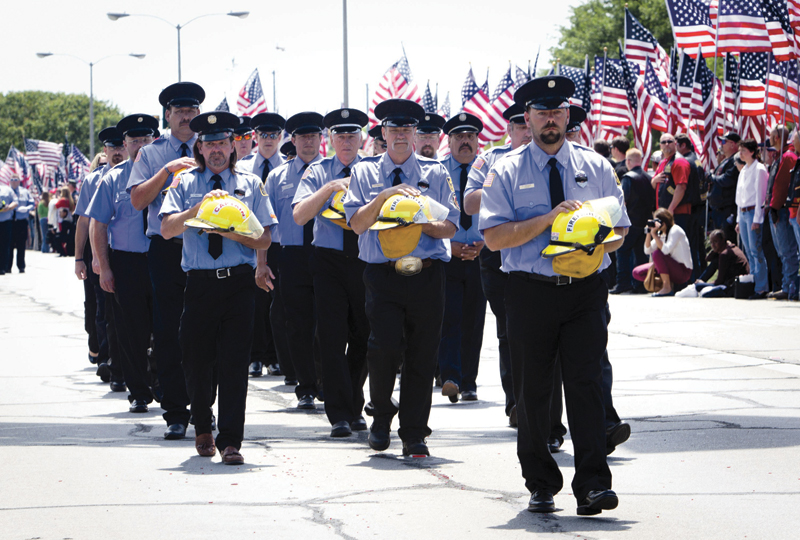
State Agencies Meet Resistance in Policing Fertilizer Industry
In the third House committee hearing focusing on the West, Texas fertilizer plant explosion that killed 15, state agencies described resistance from some fertilizer companies in trying to inspect their facilities. The conflicting and overlapping roles of various governmental agencies with responsibility over fertilizer facilities was also underscored once again today.
Though investigations are ongoing, the State Fire Marshal’s Office is undertaking voluntary inspections of other facilities that handle ammonium nitrate – the chemical responsible for the explosion. The Fire Marshal’s Office has identified 153 facilities in the state that are believed to store ammonium nitrate. Since Texas doesn’t have a state fire code, the fire marshal lacks the authority to conduct inspections if the company resists. Fire Marshal Chris Connealy said most facilities have welcomed him and that his office has already inspected 62 sites. Five facilities refused to be inspected, though he couldn’t say why or which facilities they were.
Meanwhile, the Department of Insurance and Department of Public Safety are rolling out two interactive maps that identify facilities with hazardous chemicals across the state. Julia Rathgeber of the Department of Insurance said the agency’s map, which will be searchable by zip code, will be available to the public by November 1. DPS is launching its own site, also searchable by zip code and geared toward first responders, which will offer some information about the hazardous materials, including the quantities that are present at facilities.
Much of the hearing was dominated by Republican lawmakers worried about burdening fertilizer businesses with new requirements. Rep. Dan Flynn, R-Canton, said while he respected the victims of the West tragedy, the industry has been doing a “pretty good job of policing themselves” and voluntarily submitting reports. “If we’re not careful we could get like the federal government and try to put diapers on cows,” he said.
Connealy stressed that his agency’s inspections were strictly voluntary.
“Bottom line, we’re trying to prevent another West,” he said. “Most businesses welcome us with open arms.”
However, an industry representative testified that some fertilizer companies were unsure how to comply with existing rules. Donnie Dippel, president of Texas Agricultural Industries Association, who testified at the hearing said the association has experienced a spike in calls from operators. Many of them weren’t registered with federal Department of Homeland Security, and others hadn’t filed required reports in years, or ever. Some, he said, didn’t even own a computer.
Most of the discussion Monday centered on how to prevent West-like accidents from occurring again in the absence of new legislation. (The Texas Legislature showed little interest in taking up new measures during the 2013 session and it doesn’t meet again until 2015.) Some of the options discussed were requiring facilities to post signs outside stating that they house hazardous materials; providing better training for first responders; and doing more to educate companies about what guidelines they have to follow.
Assistant State Fire Marshal Kelly Kistner said the “line of duty” investigation into the first responder deaths won’t be released until 2014. The cause of the fire is still under investigation, and Kistner mentioned forensic testing by federal labs that will also extend into 2014. He said the Fire Marshal’s Office has recently received new leads relating to a possible criminal act behind the explosion, but couldn’t comment further.


